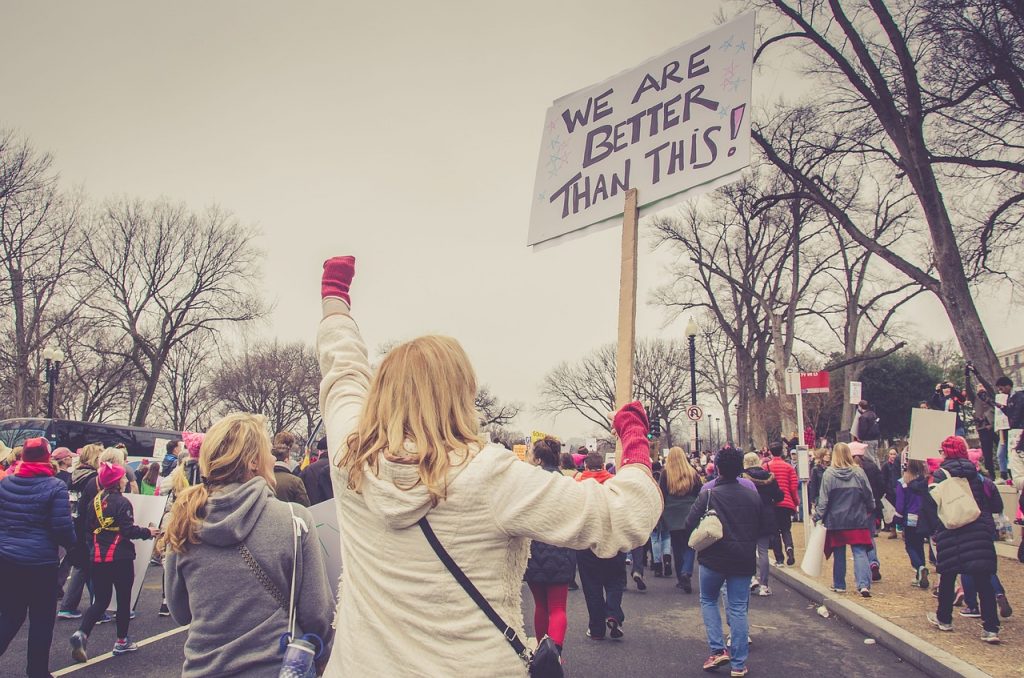
Hi everyone. A quick warning that this post will be serious and may likely piss off a whole bunch of people. Everything is on fire right now. The entire world. Amidst Zoom meetings, I’m scrambling to provide some semblance of calm for my six- and four-year-old. The news has been bleak. Systemic racism means Black folks are disproportionately dying from Covid. Day laborers and domestic workers are starving. Problems Native Americans are facing are exacerbated. An Asian woman was ambushed, acid splashed onto her face while she took out the trash, one of many examples of the rise in hate crimes against API folks. Domestic violence has increased. Clueless celebrities, meanwhile, from their luxurious mansions, jokingly compare their experience to being incarcerated, oblivious to the racism and cruelty of the prison system.
Continue reading “This is the wake-up call for nonprofits and foundations to get political”



